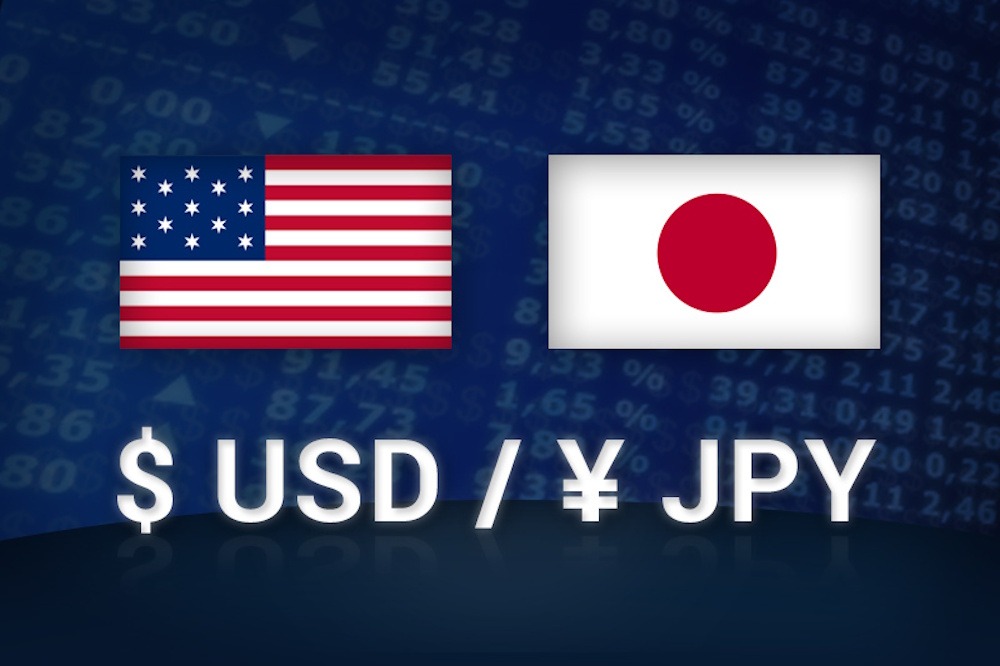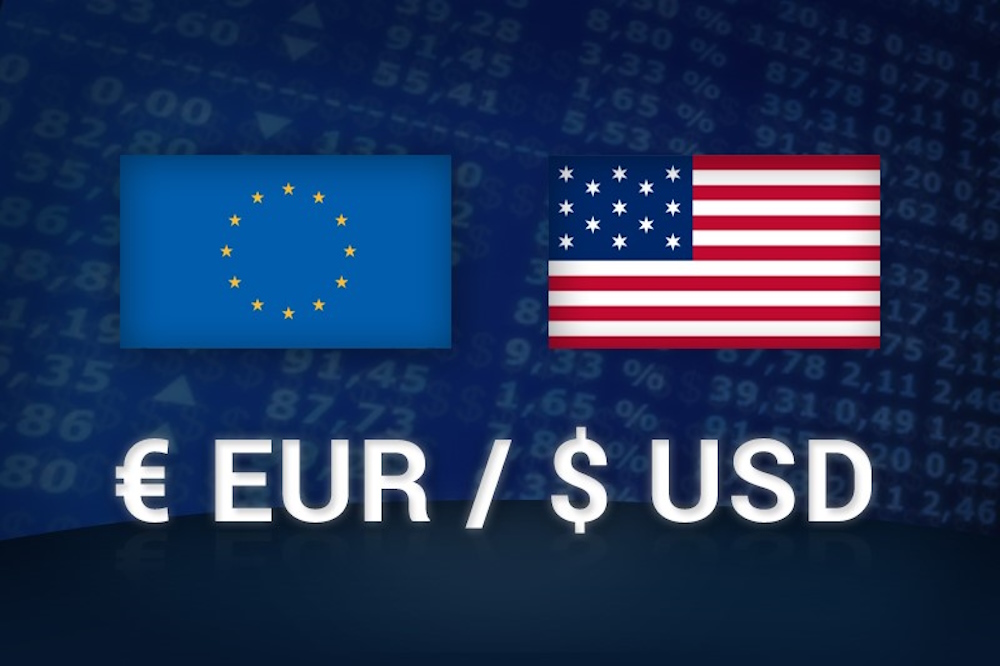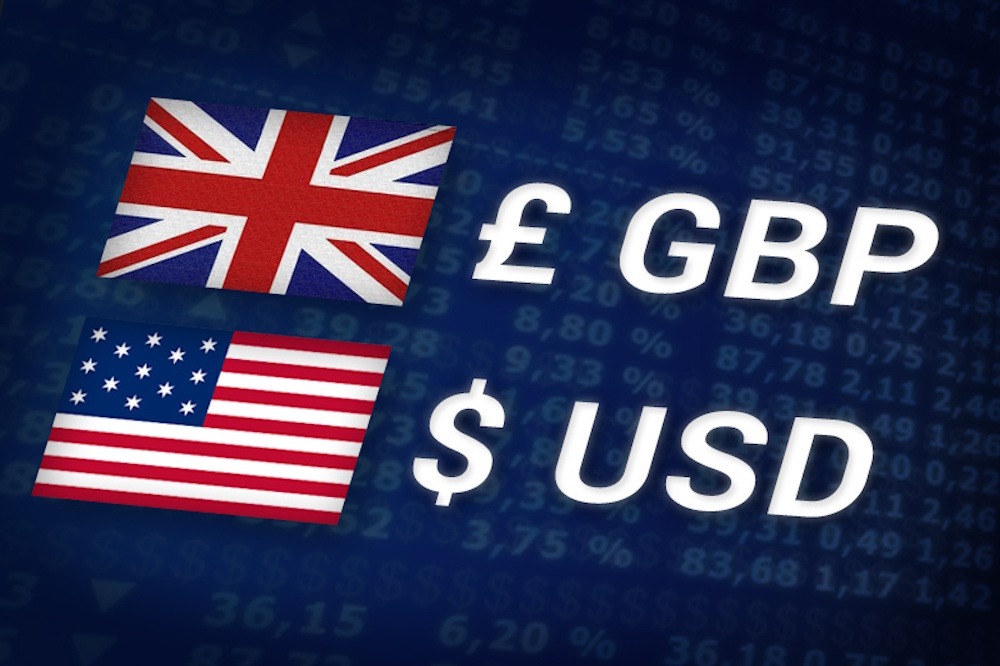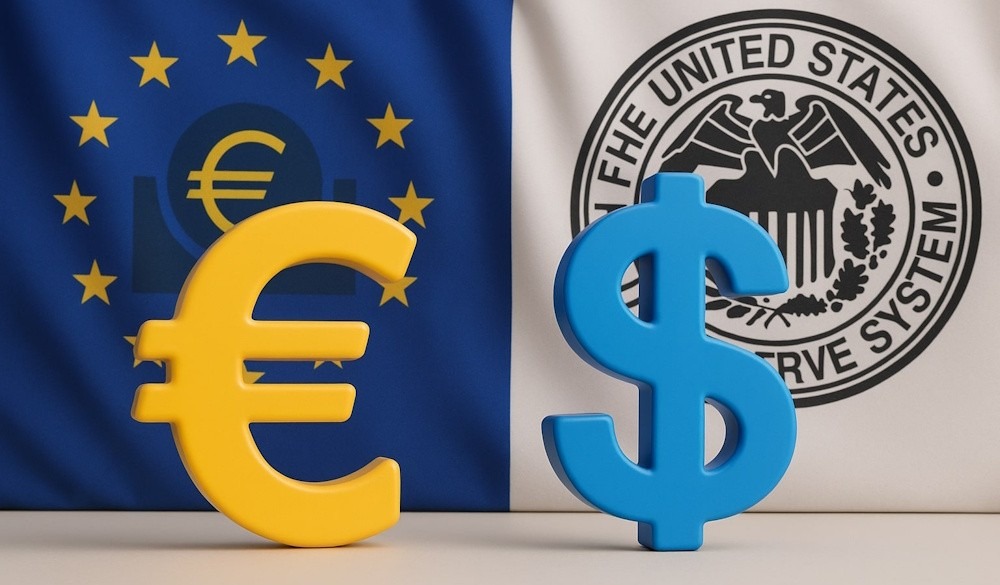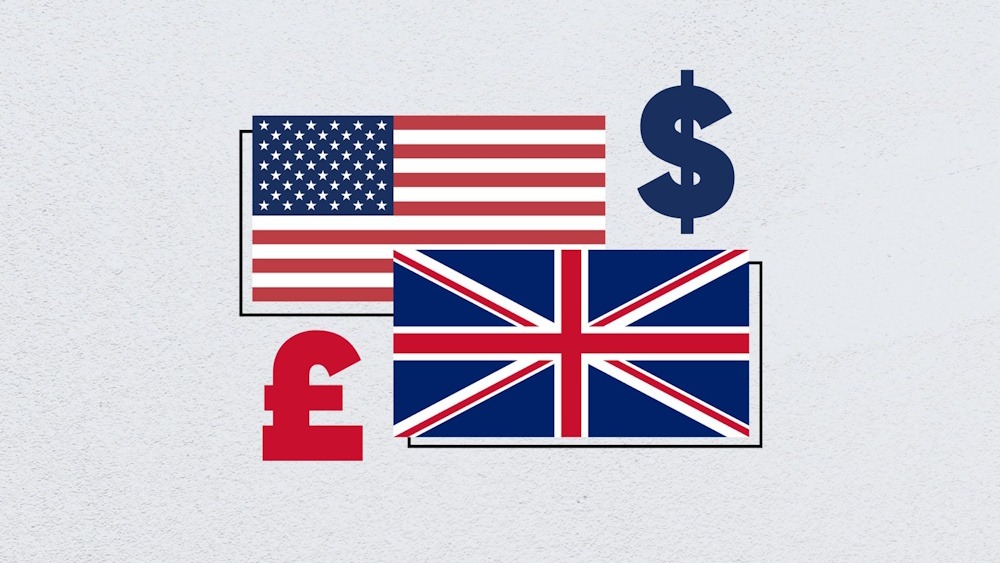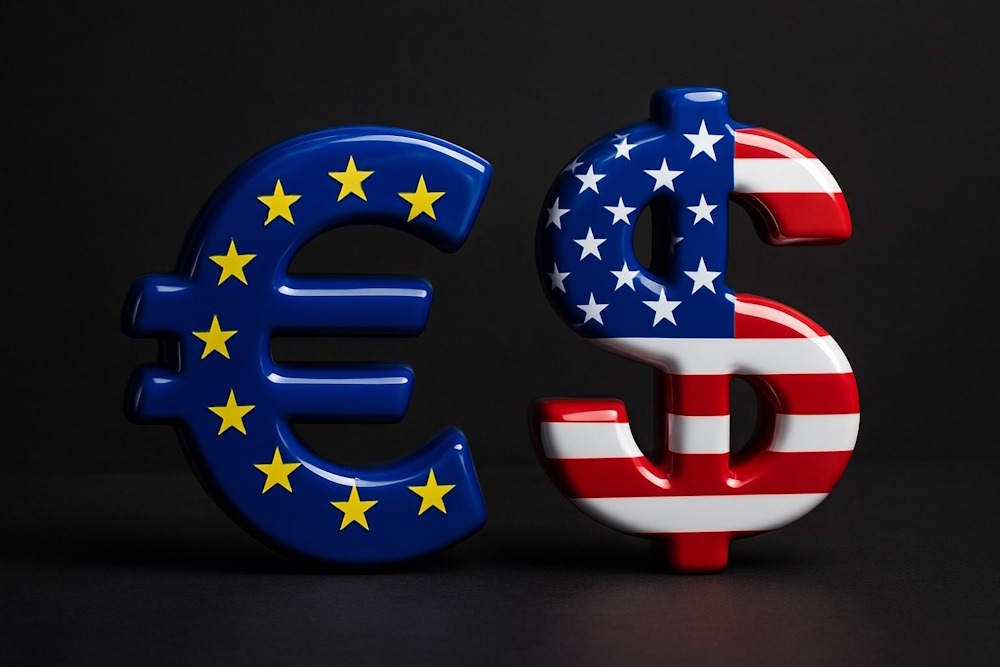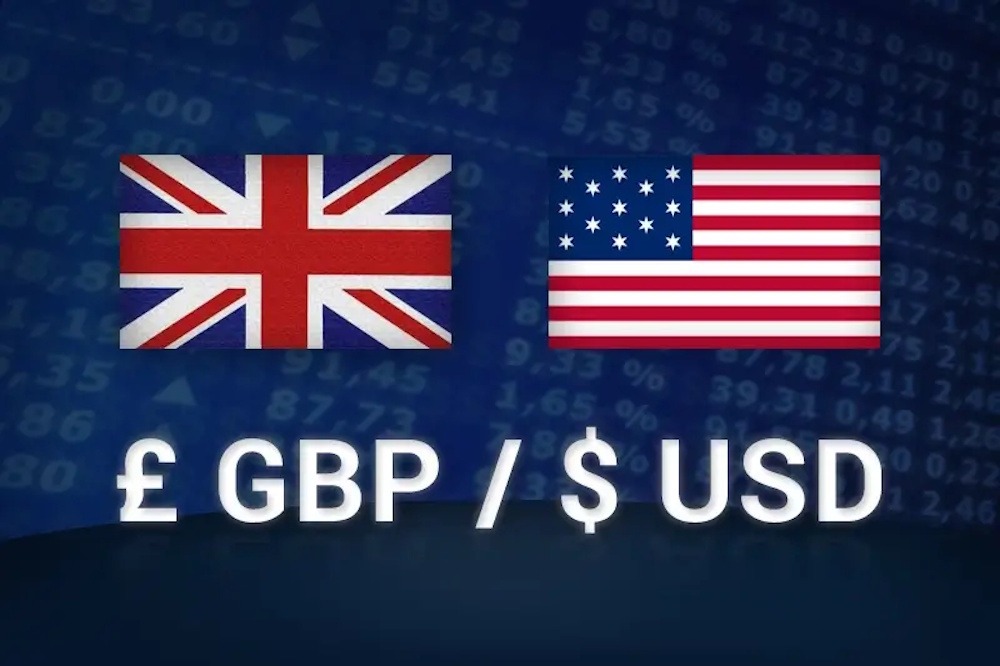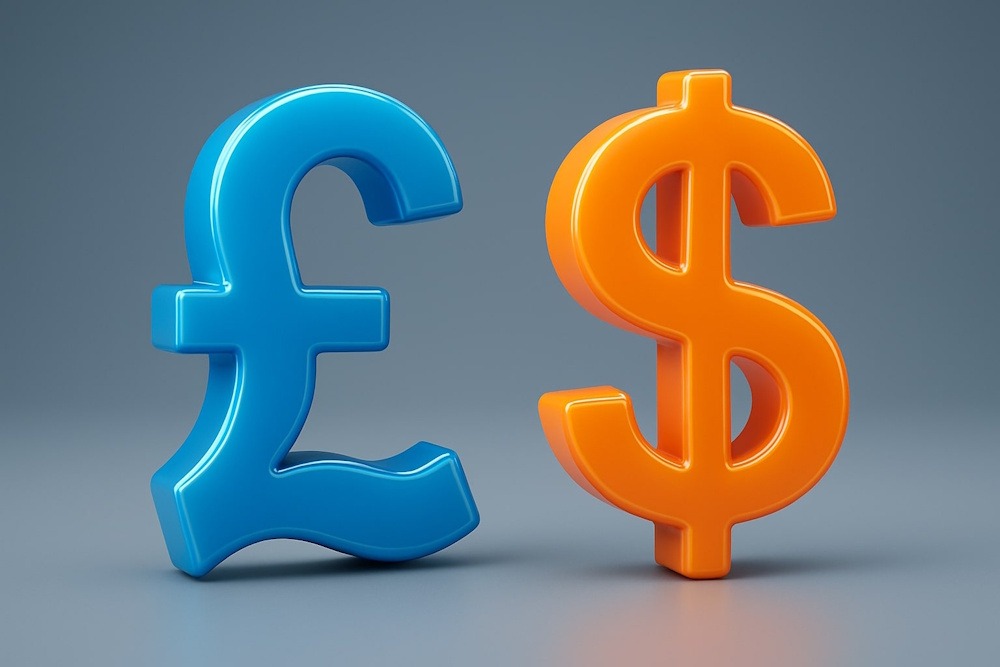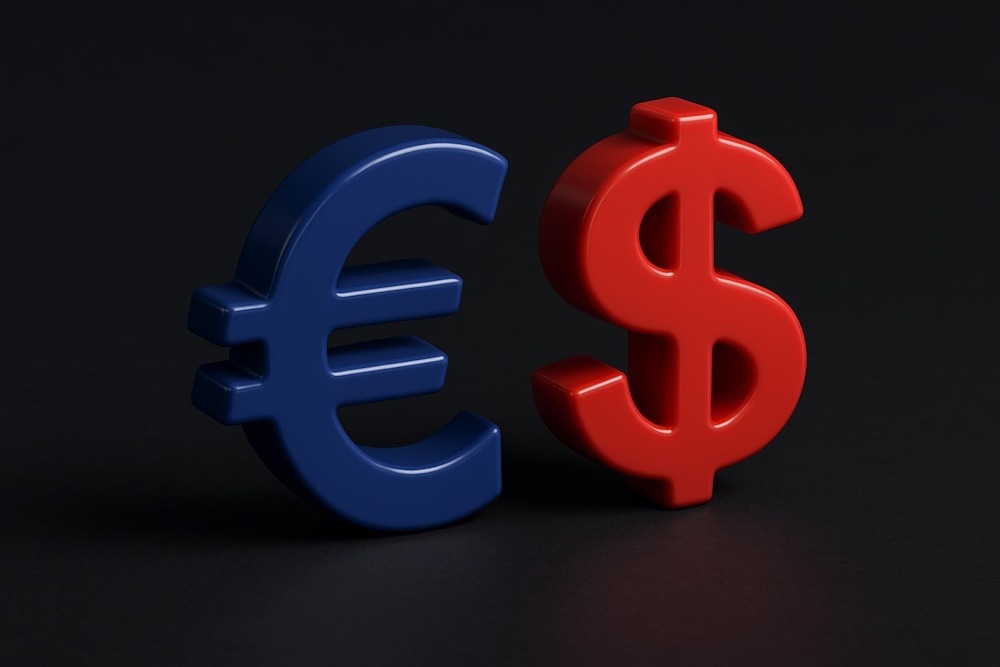USD/JPY Rises Amid Yen’s Decline Due to BoJ Policy Worries
The USD/JPY pair rose to 148.31 on Monday, building on its gains from the prior week as the US dollar exhibited strength across the market. The yen encountered further strain due to increasing expectations surrounding forthcoming remarks from Federal Reserve officials and the impending publication of essential US inflation figures. Last week, the Federal Reserve … Read more

